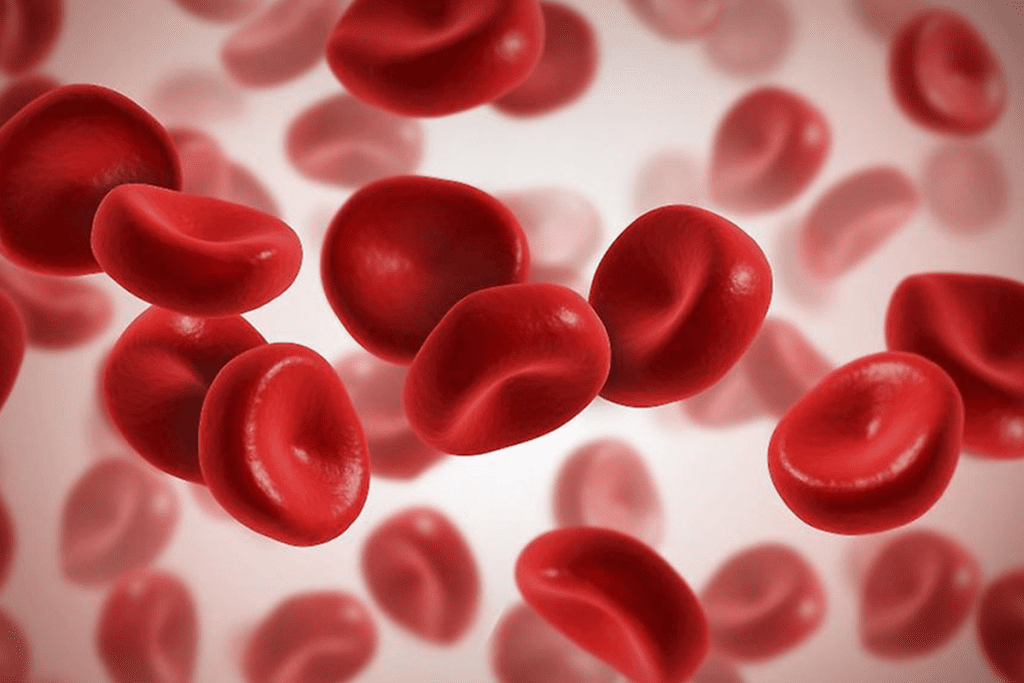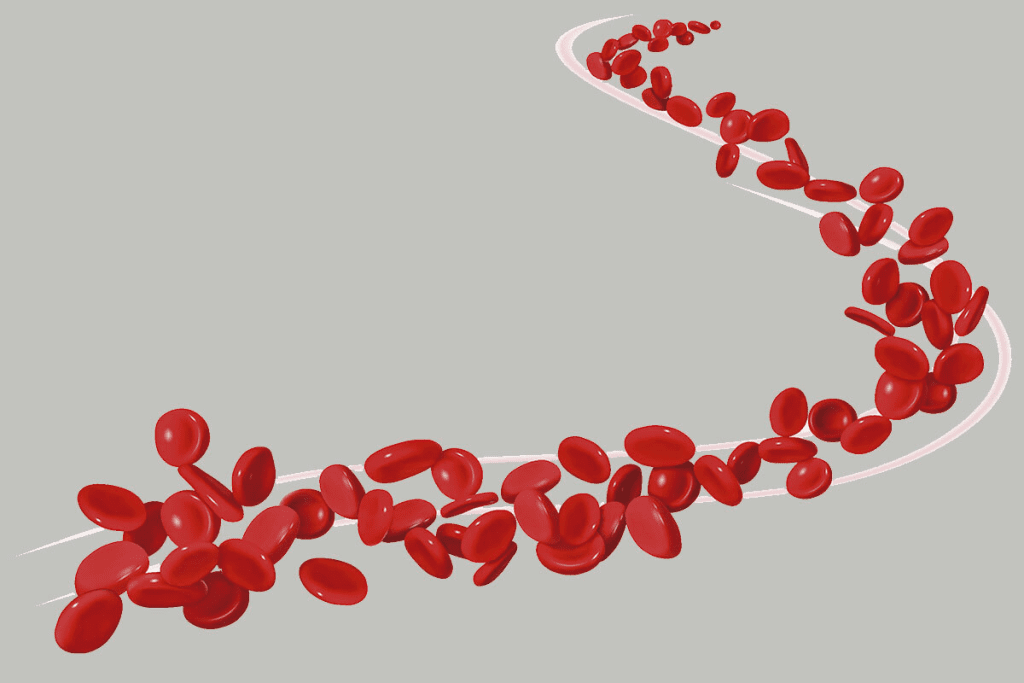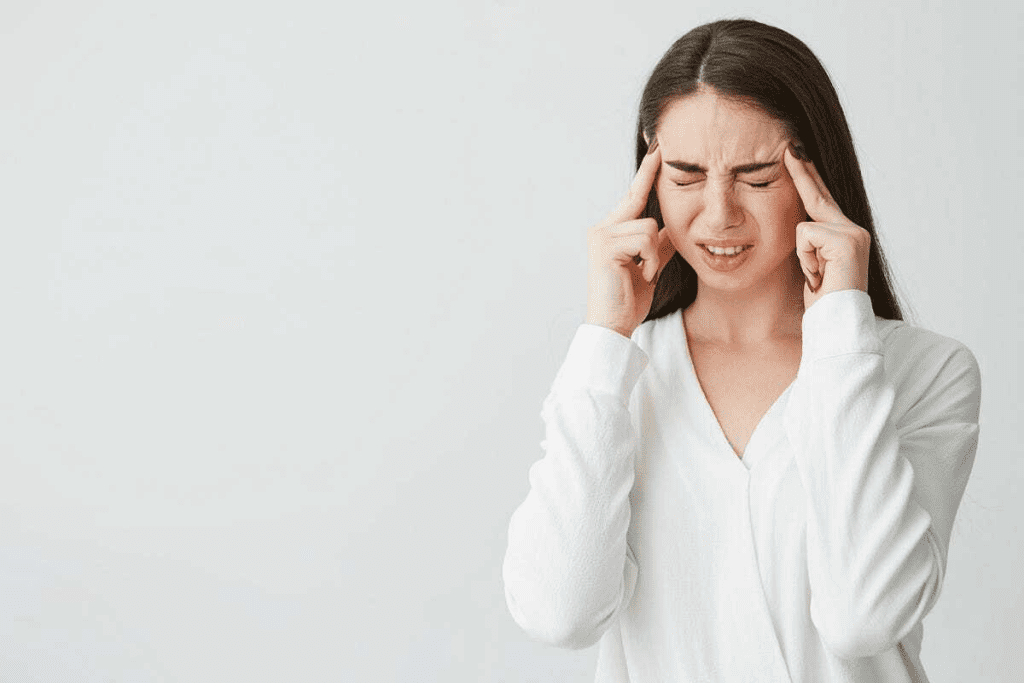Last Updated on November 13, 2025 by
What is the fastest way to raise your hemoglobin? Discover the quickest methods to boost this crucial blood count. Powerful tips for energy and health recovery.
Hemoglobin is a key protein in red blood cells. It carries oxygen around the body. Low levels can cause fatigue, weakness, and other health problems. We’ll look at quick ways to boost hemoglobin levels, including medical treatments and dietary changes.

For severe cases, doctors might use blood transfusions or intravenous iron therapy. These methods quickly increase hemoglobin levels. For milder cases, taking oral iron supplements and making dietary changes can help. Eating iron-rich foods and vitamin C can also improve iron absorption.
Hemoglobin is a key protein that helps carry oxygen to our body’s tissues and organs. It’s a vital part of red blood cells. This allows them to move oxygen from our lungs to all parts of our body.

Hemoglobin’s main job is to grab oxygen in our lungs and then let it go to our tissues. This is key to our body’s energy and health. Efficient oxygen transport is needed for our organs and tissues to work properly.
If we don’t have enough hemoglobin, our body’s tissues might not get enough oxygen. This can cause us to feel tired and weak, and can lead to other health problems. We’ll look into how different things can change our hemoglobin levels and health.
Normal hemoglobin levels change based on age, sex, and ethnicity. Adult men usually have levels between 14-18 g/dL. Women usually have levels between 12 and 16 g/dL. Knowing these ranges helps doctors diagnose and treat low hemoglobin.
It’s also worth noting that these ranges can vary slightly depending on the lab. We’ll talk about how these differences can affect our diagnosis and treatment plans.
Knowing the signs of low hemoglobin can help catch anemia early. Low hemoglobin levels can really affect how well you feel. Let’s look at the common signs that might mean you have low hemoglobin.
Anemia shows up in many ways. Here are some common ones:
For more info on anemia and its effects, check out this resource from the National Center for Biotechnology Information.
Low hemoglobin levels can also mess with your brain and energy.

Low hemoglobin levels can be a big health worry. It’s important to know why they happen to treat them well. Hemoglobin is a protein in red blood cells that carries oxygen. If its levels drop, the body’s tissues and organs might not get enough oxygen.
Nutritional deficiencies, like iron, vitamin B12, and folate, are big causes of low hemoglobin. These nutrients help make hemoglobin and red blood cells. Iron deficiency is the top reason for low hemoglobin worldwide. It can come from not eating enough iron, losing too much blood, or needing more iron during pregnancy or when growing fast.
Vitamin B12 deficiency also lowers hemoglobin levels. It’s needed to make red blood cells. This can happen if you don’t eat enough animal products or if your body can’t absorb vitamin B12 well, like in pernicious anemia.
Blood loss is another big reason for low hemoglobin. This can happen from menstruation, gastrointestinal bleeding, or surgery. Diseases like kidney disease, cancer, and chronic infections can also lower hemoglobin. They do this by making it hard to make red blood cells or by causing ongoing inflammation.
Genetic disorders can also cause low hemoglobin. Conditions like sickle cell anemia and thalassemia mess with hemoglobin production and function. This leads to anemia and other problems. These conditions are passed down and can really affect someone’s life.
Knowing why hemoglobin levels are low is the first step to fixing it. Whether it’s through changing your diet, treating medical conditions, or managing genetic disorders, you can boost your hemoglobin and health.
Medical treatments are key in quickly raising hemoglobin levels, mainly in urgent cases. For those with severe anemia or sudden drops in hemoglobin, these treatments are critical. We’ll look at the medical options to quickly boost hemoglobin levels.
Blood transfusions are a common and effective way to quickly increase hemoglobin in severe anemia. This method involves giving red blood cells to the patient to improve oxygen delivery to their body’s tissues and organs.
Doctors decide on blood transfusions based on several factors. These include how severe the anemia is, the patient’s overall health, and symptoms like shortness of breath or chest pain. Blood transfusions are very helpful for those with significant blood loss or undergoing surgery.
Intravenous iron therapy is used to quickly raise hemoglobin levels, mainly in those with iron deficiency anemia who can’t take oral iron. This treatment gives iron directly into the bloodstream, skipping the digestive system.
This therapy is good for patients with chronic diseases like chronic kidney disease who often have anemia. It works faster than oral iron supplements and is great for those with severe iron deficiency.
Erythropoietin is a hormone that boosts red blood cell production. It’s used to treat anemia in patients with chronic diseases like chronic kidney disease or cancer. By increasing red blood cell production, erythropoietin helps raise hemoglobin levels.
These treatments are given through injections and often paired with iron supplements to ensure enough iron for red blood cell production. Erythropoietin treatments can greatly improve the lives of patients with chronic anemia.
Iron supplements are essential in treating iron deficiency anemia. There are many types, including oral and intravenous preparations. Oral supplements come in forms like ferrous sulphate, ferrous gluconate, and ferrous fumarate.
Choosing the right iron supplement depends on the patient’s needs, tolerance, and the cause. Healthcare providers work with patients to find the best treatment plan.
Keeping hemoglobin levels healthy is key to our well-being. Certain nutrients are vital for this. They help our bodies make enough hemoglobin, a protein in red blood cells that carries oxygen.
Iron is a must for making hemoglobin. It’s a key part of hemoglobin, helping red blood cells carry oxygen. Iron-rich foods like red meat, spinach, and beans are important for healthy hemoglobin levels.
Vitamin C is also key to hemoglobin production. It helps our bodies absorb iron better. Eating vitamin C-rich foods like citrus fruits, strawberries, and bell peppers with iron-rich foods boosts hemoglobin levels.
Copper is a trace mineral that’s vital for making red blood cells. It helps make hemoglobin and keeps the immune system healthy. Foods high in copper include shellfish, nuts, and legumes.
Zinc and manganese are trace minerals that help, too. Zinc boosts the immune system and helps with many body functions. Manganese helps with amino acid, cholesterol, and carbohydrate metabolism.
Eating a balanced diet with these nutrients is important. A mix of iron-rich, vitamin C-rich, and trace mineral foods supports healthy hemoglobin production.
“A well-balanced diet that includes a variety of whole foods can provide the necessary nutrients for optimal hemoglobin production.”
Eating foods rich in certain nutrients can boost hemoglobin levels. We’ll look at how diet changes can help increase hemoglobin. We’ll focus on the best foods and combinations for better blood health.
Eating iron-rich foods is key to healthy hemoglobin levels. Foods like liver, shellfish, and spinach are great. They help build hemoglobin.
It’s not just about eating iron-rich foods. We also need to boost iron absorption. Vitamin C is key here. Foods like citrus fruits, bell peppers, and tomatoes help iron absorption when eaten with iron-rich foods.
“Vitamin C can increase non-heme iron absorption. The absorption of non-heme iron is influenced by various dietary factors.”
To get the most iron, try these tips:
By choosing the right foods and combining them well, we can help our bodies make more hemoglobin. This supports our blood health.
Adding certain superfoods and herbal remedies to your diet can boost hemoglobin levels. These foods are packed with nutrients that support health and help increase hemoglobin.
For those on a plant-based diet, there are many options to support hemoglobin. Tofu, edamame, and fortified cereals are great for iron, a key part of hemoglobin. Eating foods high in vitamin C, like citrus fruits and bell peppers, with iron-rich foods can also help iron absorption.
Other superfoods to consider are:
Herbal remedies also help with hemoglobin production. Herbs like ashwagandha and ginger are known for improving health and may help increase hemoglobin levels.
To get the most from these foods and herbs, eat a balanced diet. Also, talk to a healthcare professional before making big changes to your diet.
Exercise is key to better health, and it helps a lot with hemoglobin levels. Doing regular physical activities boosts red blood cell production. This is vital for keeping hemoglobin levels healthy.
When we exercise, our bodies make more erythropoietin (EPO). EPO is a hormone that helps make red blood cells in the bone marrow. Our muscles need more oxygen when we move, so EPO is released. This leads to more red blood cells and better hemoglobin levels over time.
Research shows that regular exercise increases red blood cell mass. This helps our bodies carry more oxygen to our tissues. It’s great for people with anemia, as it can reduce some symptoms.
It’s important to find the right balance in exercise intensity. Too much, like in endurance sports, can cause “sports anemia.” This happens when our blood volume increases, diluting red blood cells and lowering hemoglobin levels.
For the best results, mix in some moderate activities like brisk walking, cycling, or swimming. These exercises boost red blood cell production without overdoing it.
To prevent anemia from exercise, keep an eye on your hemoglobin levels, especially if you do intense or long workouts. Eating enough, including iron, is also key to making hemoglobin.
Drink plenty of water and rest well between hard workouts to avoid anemia. Listen to your body and adjust your workout plan as needed. This helps keep your hemoglobin levels healthy while enjoying exercise.
Our daily habits and lifestyle choices can either support or hinder the production of hemoglobin. This vital protein in our blood is key to transporting oxygen. Without enough, we can face anemia and other health problems.
Smoking and alcohol consumption are big lifestyle factors that harm hemoglobin levels. Smoking damages the lungs, making it harder for the body to carry oxygen. Alcohol can cause nutritional deficiencies and mess with red blood cell production.
Good stress management and sleep are key to health, including hemoglobin production. Chronic stress can cause inflammation, hurting red blood cell production.
It’s important to know the signs of low hemoglobin, like fatigue, weakness, and shortness of breath. If you notice these symptoms, see your healthcare provider right away.
Your healthcare provider is key in managing your hemoglobin levels. They offer personalized advice, diagnose issues, and suggest treatments.
By choosing healthy lifestyle habits and working with your healthcare provider, you can improve your hemoglobin levels.
To raise hemoglobin levels, we need to use many strategies. This includes medical treatments, changing our diet, and making lifestyle changes. We’ve looked at ways to boost hemoglobin, like iron supplements and eating iron-rich foods.
Knowing why our hemoglobin is low helps us tackle the problem. By using these methods, we can improve our hemoglobin and health. Doctors are key in helping us, giving advice on iron supplements and other treatments.
Keeping our hemoglobin healthy is vital for our well-being. By following medical advice and making smart diet and lifestyle choices, we can improve our health and life quality.
Hemoglobin is a protein in red blood cells. It carries oxygen to the body’s tissues. It’s key for healthy oxygen levels and bodily function.
Normal hemoglobin levels vary by age and gender. For adult men, it’s between 13.8 and 17.2 grams per deciliter (g/dL). For women, it’s between 12.1 and 15.1 g/dL.
Low hemoglobin can cause fatigue, weakness, and pale skin. You might also feel short of breath, dizzy, or have trouble concentrating.
Low hemoglobin can come from not getting enough nutrients, losing blood, genetic issues, or certain health problems.
For severe cases, medical treatments like blood transfusions can quickly raise hemoglobin. For mild cases, eating right and taking iron supplements can help.
Foods high in iron include red meat, poultry, fish, beans, lentils, and fortified cereals. Vitamin C boosts iron absorption when eaten together.
Yes, regular exercise can boost red blood cell production. This can improve hemoglobin levels. But be careful not to overdo it to avoid anemia.
Smoking, too much alcohol, stress, and poor sleep can lower hemoglobin. A healthy lifestyle is key to good hemoglobin levels.
Copper helps make red blood cells and hemoglobin. It aids in iron absorption and is vital for healthy hemoglobin levels.
Some herbal remedies and superfoods, like beetroot, spinach, and nettle, may support hemoglobin production. Always talk to a healthcare provider before trying new supplements.
How often to check hemoglobin depends on your health and risk factors. A healthcare provider can advise on the best schedule.
Yes, iron supplements can increase hemoglobin, mainly in iron deficiency anemia. But always get the right dosage and type from a healthcare provider.
References
World Health Organization. (2019). Anaemia. https://www.who.int/health-topics/anaemia
Cançado, R. D., & Muñoz, M. (2011). Efficacy and safety of intravenous iron sucrose in treating iron deficiency anemia. Revista Brasileira de Hematologia e Hemoterapia. https://www.ncbi.nlm.nih.gov/pmc/articles/PMC3459362/
National Heart, Lung, and Blood Institute. (2018). How is Iron-Deficiency Anemia Treated? U.S. Department of Health and Human Services. https://www.hoacny.com/patient-resources/blood-disorders/what-hemolytic-anemia/other-names-hemophilia/how-iron-deficiency
Subscribe to our e-newsletter to stay informed about the latest innovations in the world of health and exclusive offers!